The art of gardening is based on many years of experience gained by samples and error. In order not to waste time in vain, to achieve the best result, the novice gardener is recommended to study the planting methods of plants in the bed.
Advantages of narrow beds
All his life, American gardener Jacob Mittlider devoted to the study of growing fruit and vegetable crops in different countries of the world, and a tangible contribution to the development of agricultural science was made. It is he who owns the famous method of narrow beds along Mittlider and combines a traditional approach to growing fruit, as well as elements of hydroponics. This system is very thought out, and the scheme has passed so many stages of simplification, which the newcomer to master it and achieve excellent results is not difficult.
The advantages of this method of planting:
- provides almost twice as much harvest than with standard methods;
- the quality of the resulting fruits and vegetables is improved: they grow larger and tastier;
- due to a reasonable layout, this method allows ergonomically to use the space of both greenhouse and grocery beds;
- this universal method is suitable for growing any cultures: from zucchini and cucumbers to tomato and potatoes;
- the design of the beds is not afraid of a strong wind, an externally garden looks aesthetic and tidy;
- in the landings there are practically no weeds, and therefore, it is much easier to care for them;
- prepare the soil on a small square is easier than on the usual bed;
- watering can be carried out even with the help of garden watering can.
What is the main differences between the beds according to Mittlider? They are narrow, between them - a wide passage, which is equipped with a fencing wooden formwork. The essence of the method is that all plants on the garden receive the same and equitable nutrition.
What caused such success? Studies have shown that plants planted close to each other begin to compete with each other. As the selection is natural, they are growing and intensively growing, giving the best harvest. In addition, the process of photosynthesis is activated, thanks to which the garden is self-purified, transforming nitrates into the necessary substances and producing collective immunity to diseases.
How to plan narrow beds
For work in the garden we will need:
- capacities for mixing fertilizers;
- 30 cm rake in size;
- shovel;
- pegs and rope to limit the ridge;
- watering watering can;
- level.
The only troublesome stage of their creation is that with the primary organization of the garden, you require slightly more labor costs, but know that this is a single procedure: all the beds and passages remain unchanged for many seasons.
To begin with, it is recommended to organize at least four beds to decide on the first season, this method is suitable for or not. Slide the same vegetables on the usual bed and on Mittliderovskaya, and compare the result.
First of all, you need to plan on paper all the vegetable garden. Indicate where you will design narrow beds, and choose a place in such a way that then if necessary to expand their borders. Remember that the locality should be well lit, not exposed to heavy precipitation and be on a flat section. It is best to distinguish the beds from the north to the south, so they will be provided the best lighting.
The width of the standard mittlider ridge is 45 cm. The length of 9 m is recommended, but it may vary depending on the number of seedlings. Based on the values, the number of fertilizers per mongon meter is calculated.
Photos of narrow beds are presented below, you can clearly consider.
Passages must be wider than beds. 70 cm trails are suitable only for low-grade greenery: parsley, bow, garlic. To comply with the crop rotation of adult crops, the minimum width of the track should be at least 90 cm. They can sometimes be the empty of the mudflows and potatoes.
Between the shops of the beds, as well as around the perimeter of the garden, it is worth leaving the passages of 1 m.
We are preparing a plot of bed
Preparation of the beds takes place immediately before landing, so as not to give time to the weeds, but the site is better to handle immediately to save time for the occasion.
- Thoroughly clean the land from weeds, leaving it with a pitchflower. Pay attention to the remnants of the root of perennial plants. From the quality of the extension of the soil depends on the need for a weeding in the future.
- Purified plot align, if necessary, throwing the land into the missing places.
- To simplify marking, prepare a rail that will be a module. For example, if the width of the passage is 90 cm, and the beds are 45 cm, then the rail length will be 135 cm.
- In advance, harvest wooden pegs with a width of up to 5 cm, about 45 cm long and sharpe them on the one hand. Now we drive pegs from the corners of the bed and stretch the cord between them. Attaching our module to every subsequent peak, we note that future rows.
- To ensure equivalent nutrition to plants, water should be distributed evenly throughout the garden, while not spreading into the passages, and falling only in the root zone. To do this, around the perimeter of the garden, a neat earthwood roller is built with a thickness of 5 cm, and the plane is checked with a level. At the same time, the useful width of the garden is obtained equal to 35 cm. The meaning is to create a habitual bed with a horizontal surface. The height of the side can be up to 10 cm.
Another way is to build firefackers from wooden boards, slate, etc. They are installed around the perimeter so that the height of the fence also equal to 10 cm. - We sprinkle the ground with the selected composition of fertilizers and swipe, stirring them with soil.
- With the help of robel, grind the ground from the passages and edges to the middle of the bed, and then grow apart. Its level should turn out to be slightly higher, taking into account the subsequent shrinkage of the soil.
The main thorough alignment occurs only for the first time. In the next seasons you will have only to correct it. That is why it is important not to overdo it with a bed long - it will be difficult to keep it in the same level.
Tip: There is no need to float with rubble or dump, since the roots of many years of weeds, which remained under cover, instead of germinating in the track, will go under the garden and hurt the crops. The best option is good rapid soil.
Methods of sowing and location
Working on the ridges, it is important to remember a few simple rules:
- seeds, as well as seedlings, are swayed in two rows along the side, the main thing is not in the middle;
- the smaller the landing material, the more often it is planted;
- the depth of sealing should be 2.5 times the thickness of the seed.
Coched salad, broccoli, cabbage and other cultures of similar dimensions plant in two rows in a checker order. Melon, tomatoes and other fruits that require more space are placed in one row along one side narrow beds.
At the same time, the frequency of the arrangement should be assessed by the size of an adult plant: for example, a cauliflower is planted at a distance of 15 cm, white-born - 35 cm. Carrots can be sown with one thick strip, but the cooler - at a distance of 1 cm from his friend. The beans should be placed every 10 cm, pumpkin and other mud - every 40 cm.
Example of growing tomato:
- in the prepared beds, land in one line of tomatoes in increasing about 20 cm;
- crichery tomato alternate with pepper, such a combination has a beneficial effect on both plants;
- since the beginning of June and to the very ripeness of tomatoes, there should be aisle to be left free so that the vegetables received as much light as possible;
- all fertilizers and feeding should be done only in beds. If there is a need to explode the earth, it is necessary to do it very superficially and a small tool;
- several times during the season, it is possible to make leaves with a potassium fertilizer, a solution of ash with urea;
- some gardeners often change the ground, slugging the soil from under the cucumbers.
Mittlider fertilizers
All fertilizers used by American gardener divided into two groups.
The mixture 1. It is a purely pre-sowing feeder and cannot be mixed with the second solution, due to the different magnitude of their fractions. The composition of the first mixture is very simple: any calcium containing mineral is mixed with boron connections. As the first, lime, chalk, plaster, dolomitic flour. By 5 kg of calcium, 60 g of sodium borate or 40 g of acid borne is followed.
The mixture 2. It consists of fertilizers from phosphorus, nitrogen, potassium and magnesium, as well as molybdenum microelements and boron. The latter are absorbed by the plant in extremely small quantities, but, nevertheless, their role is very important. The need for sprouts in macroelements is much higher.
Fertilizers are simple and complex. Simple are those where only one macroelement, say, or potassium, or nitrogen. And complex fertilizers contain compounds of these macroelements, such as sodium + phosphorus, potassium + magnesium, sodium + phosphorus + potassium.
The difficulty lies in the fact that it is not always possible to find the right fertilizer you can find it, which means you should learn to compile it yourself. To do this, you need to know the contents of the mixture recommended by the Mittlider 2. Consider the composition and method of calculating the pre-sowing fertilizer using the available ingredients.
The ratio of active ingredients in the mixture "Nitrogen: phosphorus: potassium: magnesium" equals 1.8: 1.0: 1.8: 0.2. Moreover, it is important not percentage of their content, namely the ratio of each other. This means that 1 part of phosphorus, 1.8 pieces of potassium and 0.2 magnesium will have to be 1.8 pieces of nitrogen. It is more convenient to start mixing, pushing out from that element that goes in the size of the unit.
How to make fertilizers
Available mixtures 1 and 2 must be made in bed. They cover only its inner area and strictly on the sowing day. Do not make anything before frosts.
It is believed that one narrow bed of 9 m long need to be made 900 g of the first mixture and 450 g of the second. In fact, the length of the beds can be very different, so we recalculate the number of fertilizers we need. Based on the data, one-time meter is 100 g of a mixture of 1 and 50 g of a mixture 2. Order of the soil feeding:
- Fertilizers should be applied evenly on the surface of the garden, in turn: first the first mixture, and after the second one.
- Then the garden is nevertheless leaving and align its surface with a robrel, after which the level is tracking its horizontal. Now the soil is ready for sowing.
- If the feeding is made under the already existing sprouts, then it is necessary to place it only in the middle of the ridge in the form of a narrow strip of 10 cm so as not to provoke burns in plants.
Disadvantages of the method
The sake of objectivity should also indicate the disadvantages of vegetable growing on narrow beds. Experienced summer residents argue that after two seasons of the soil in the garden becomes exhausted, lifeless dust, while yields continue to delight. Most likely, the reason is that, without being organic, this type of agriculture requires a lot of mineral additives, as a result of which the taste of fruits may seem a bit unnatural. Therefore, many of our compatriots replace mineral fertilizers organic and use manure, compost, ash and humus. This allows you to get an environmentally friendly product.
Important: When using fertilizers, it is better to unfeese a little plants than to overdo it.
On the topic to equip narrow beds, a lot of video scenes was shot and a lot of books were written, so that each novice gardenover could grow a great harvest after the first season.

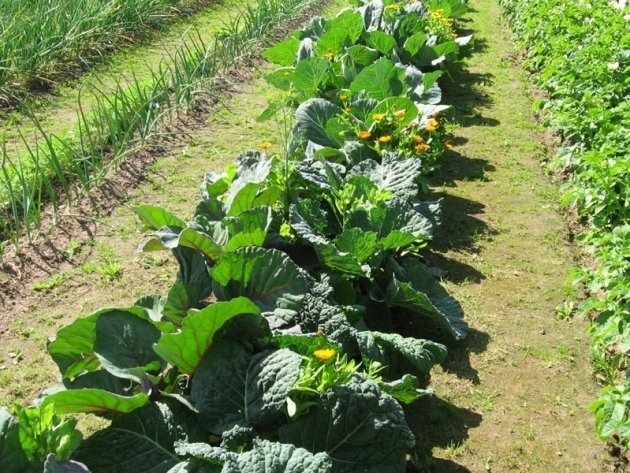
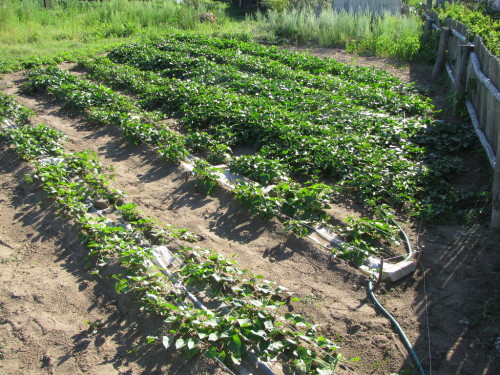
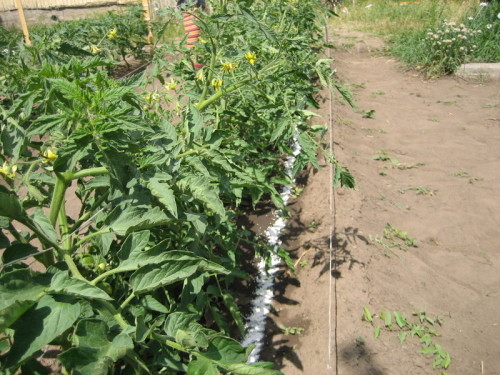
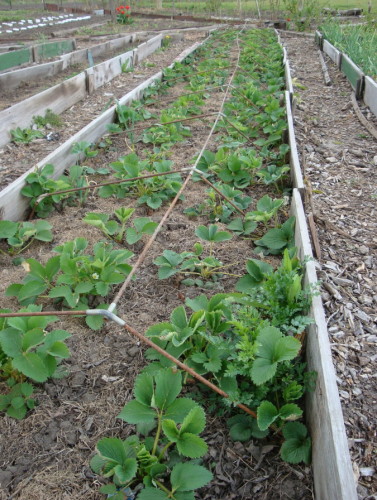
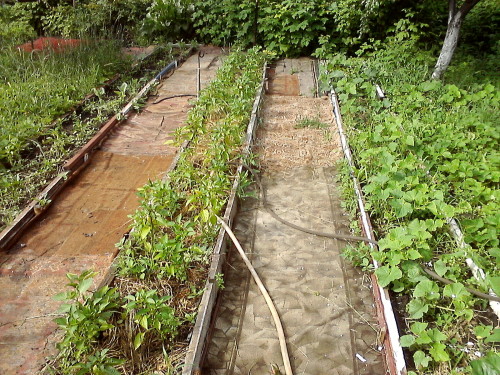
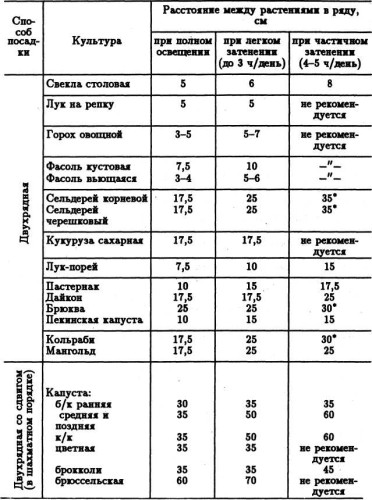
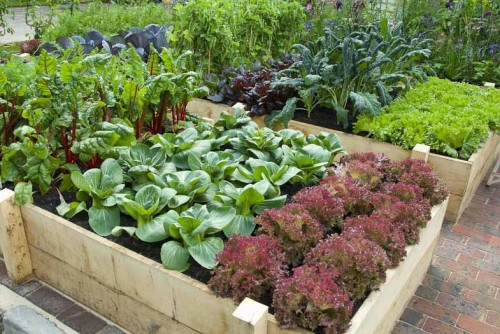











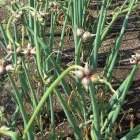

 Start a discussion ...
Start a discussion ...